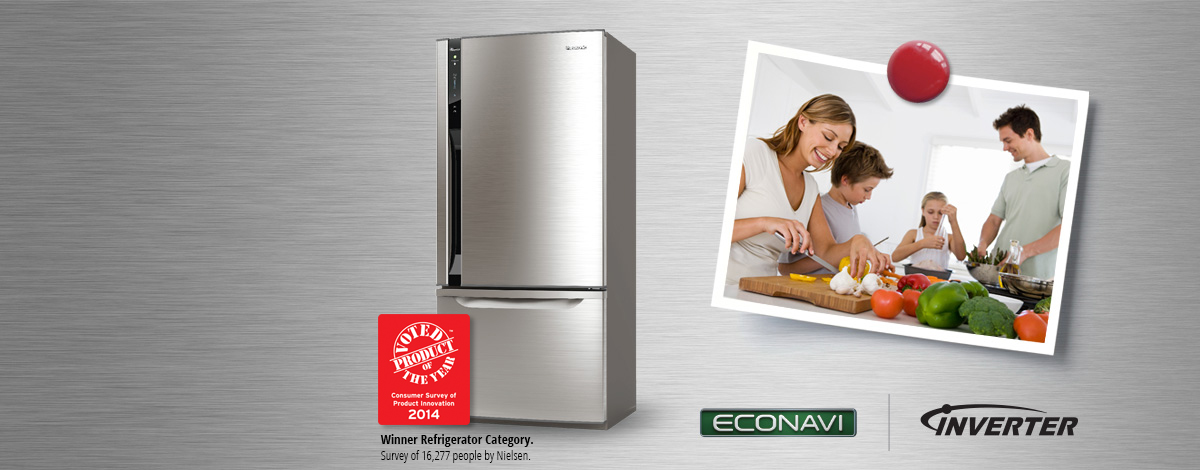Nice work. What do you guys think of overriding the thermostat/compressor powering off and on?
I've seen in gas generator forums it is common to suggest running the fridge for an hour and then not run it for 4 hours.
For a battery/inverter I've also seen suggestions to use a programmable outlet timer to set the fridge to run for only 15 minutes out of the hour. Does this actually save you power and keep the food safe, or does it simply make the fridge work harder when it is on?
I've seen in gas generator forums it is common to suggest running the fridge for an hour and then not run it for 4 hours.
For a battery/inverter I've also seen suggestions to use a programmable outlet timer to set the fridge to run for only 15 minutes out of the hour. Does this actually save you power and keep the food safe, or does it simply make the fridge work harder when it is on?




